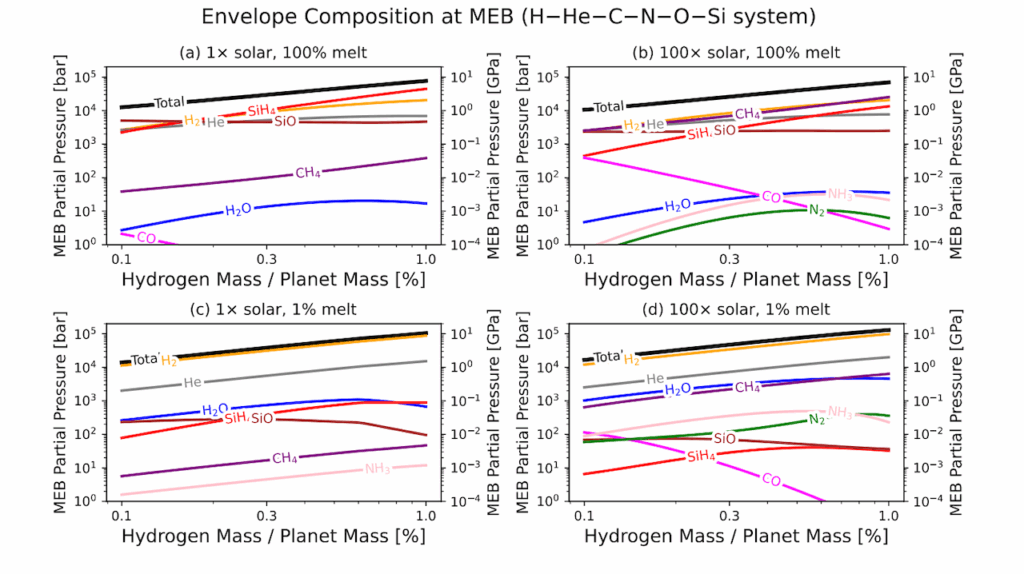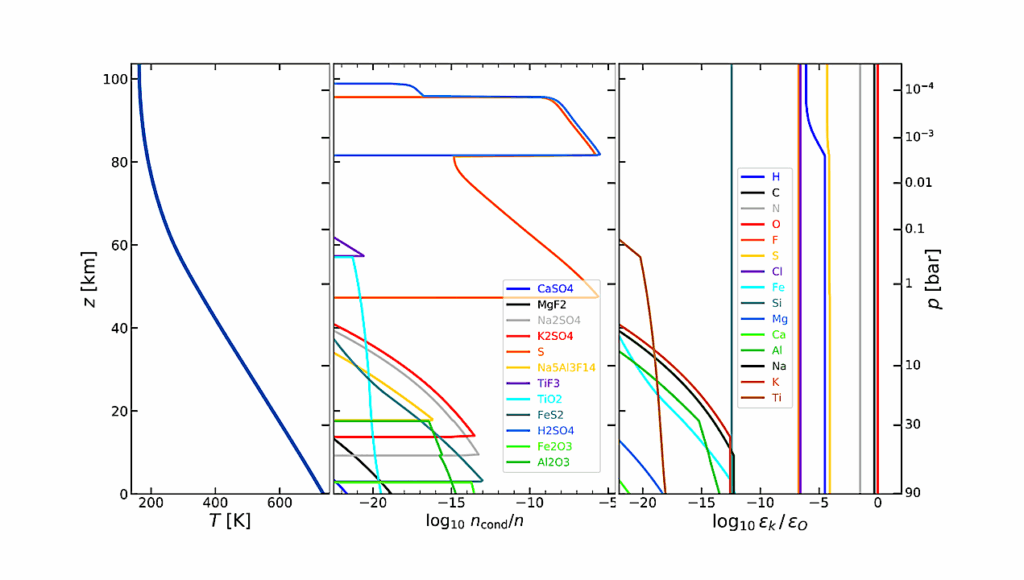Controls of Atmospheric Methane on Early Earth and Inhabited Earth-like Terrestrial Exoplanets

Methane (CH4) is a primarily biogenic greenhouse gas. As such, it represents an essential biosignature to search for life on exoplanets.
Atmospheric CH4 abundance on Earth-like inhabited exoplanets is likely controlled by marine biogenic production and atmospheric photochemical consumption. Such interactions have been previously examined for the case of the early Earth where primitive marine ecosystems supplied CH4 to the atmosphere, showing that the atmospheric CH4 response to biogenic CH4 flux variations is nonlinear, a critical property when assessing CH4 reliability as a biosignature. However, the contributions of atmospheric photochemistry, metabolic reactions, or solar irradiance to this nonlinear response are not well understood.
Using an atmospheric photochemical model and a marine microbial ecosystem model, we show that production of hydroxyl radicals from water vapor photodissociation is a critical factor controlling the atmospheric CH4 abundance. Consequently, atmospheric CH4 partial pressure (pCH4) on inhabited Earth-like exoplanets orbiting Sun-like stars (F-, G-, and K-type stars) would be controlled primarily by stellar irradiance. Specifically, irradiance at wavelengths of approximately 200-210 nm is a major controlling factor for atmospheric pCH4 when the carbon dioxide partial pressure is sufficiently high to absorb most stellar irradiance at 170-200 nm.
Finally, we also demonstrated that inhabited exoplanets orbiting near the outer edge of K-type stars’ habitable zones are better suited for atmospheric pCH4 buildup. Such properties will valuably support future detection of life signatures.
Aika Akahori, Yasuto Watanabe, Eiichi Tajika
Subjects: Earth and Planetary Astrophysics (astro-ph.EP)
Cite as: arXiv:2311.06882 [astro-ph.EP] (or arXiv:2311.06882v1 [astro-ph.EP] for this version)
Submission history
From: Yasuto Watanabe
[v1] Sun, 12 Nov 2023 16:11:20 UTC (4,161 KB)
https://arxiv.org/abs/2311.06882
Astrobiology








